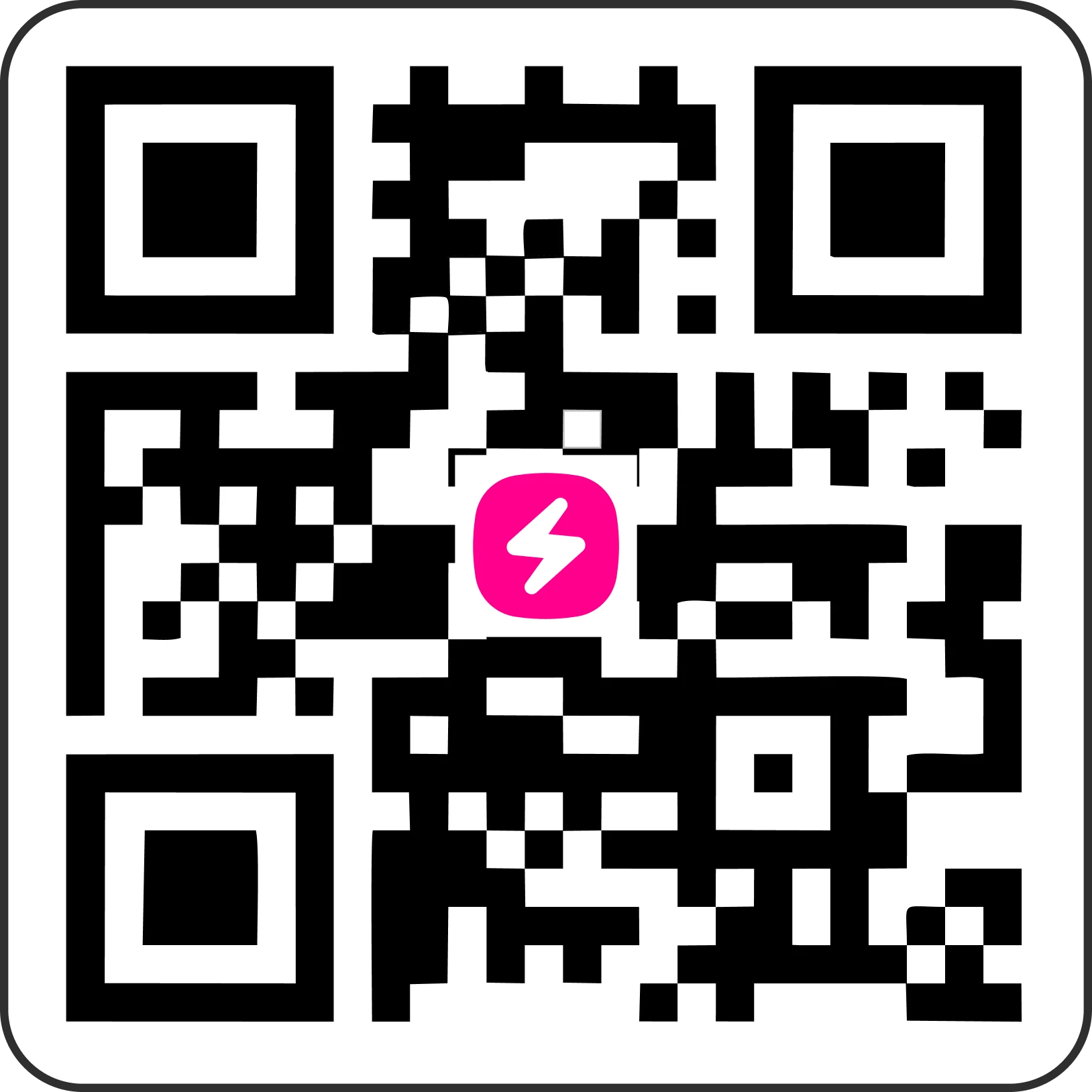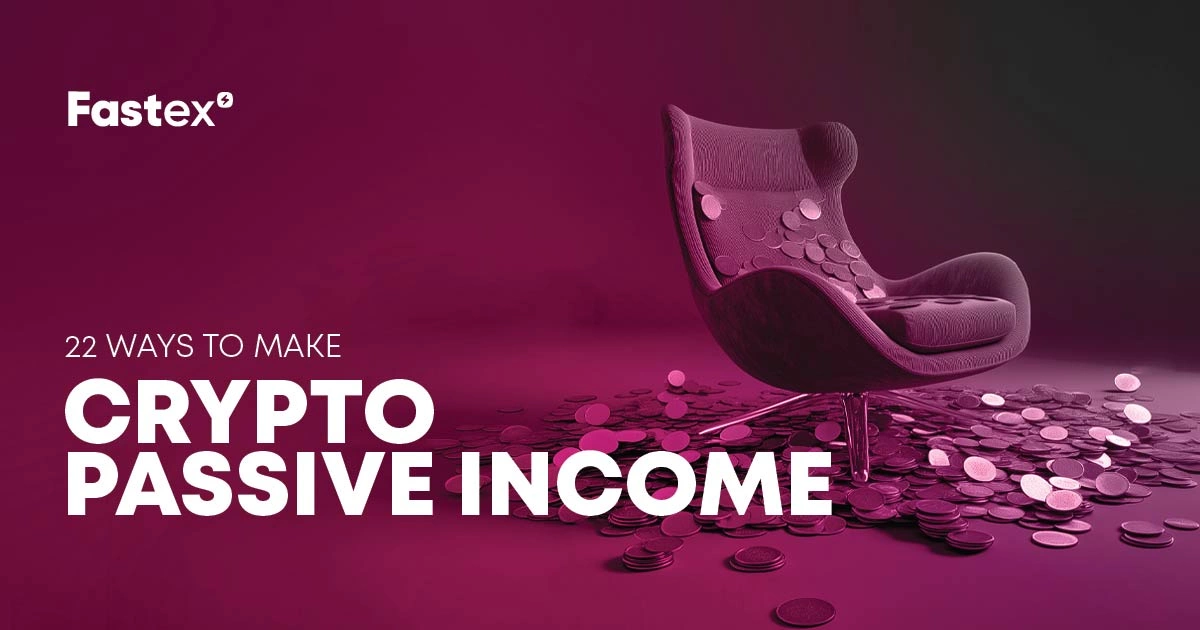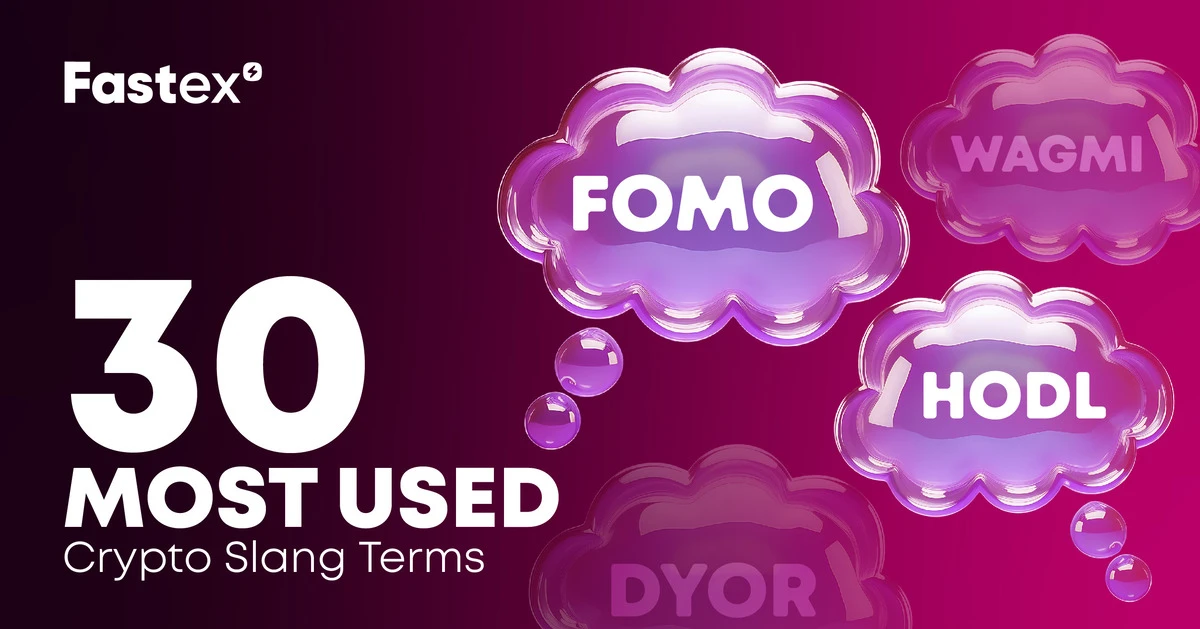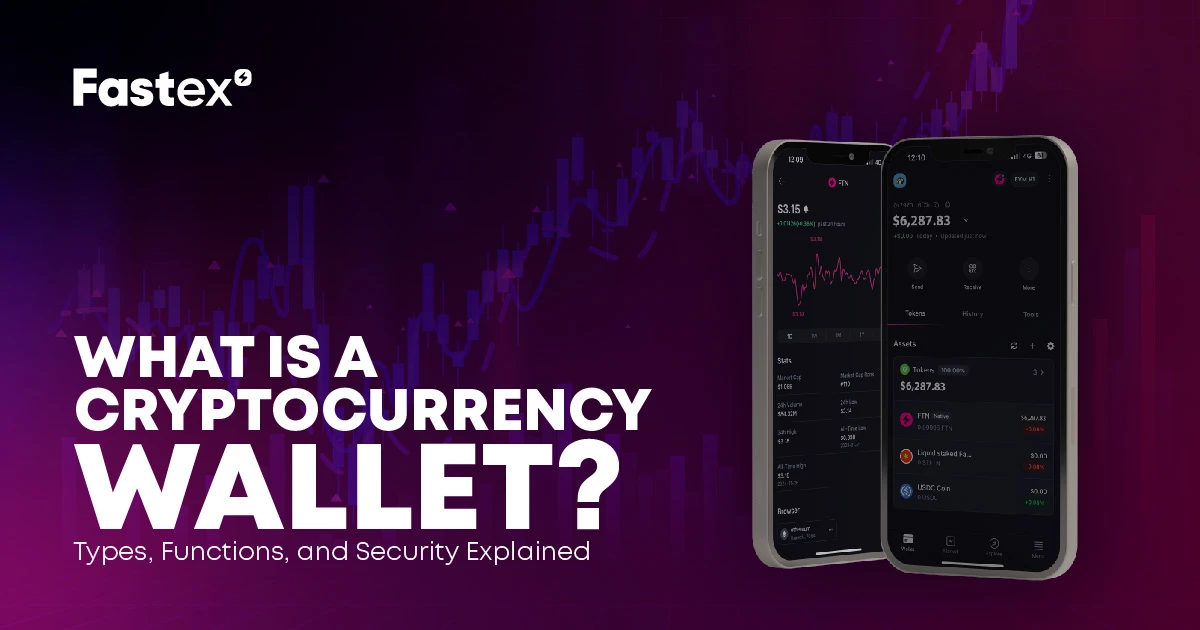On This Page
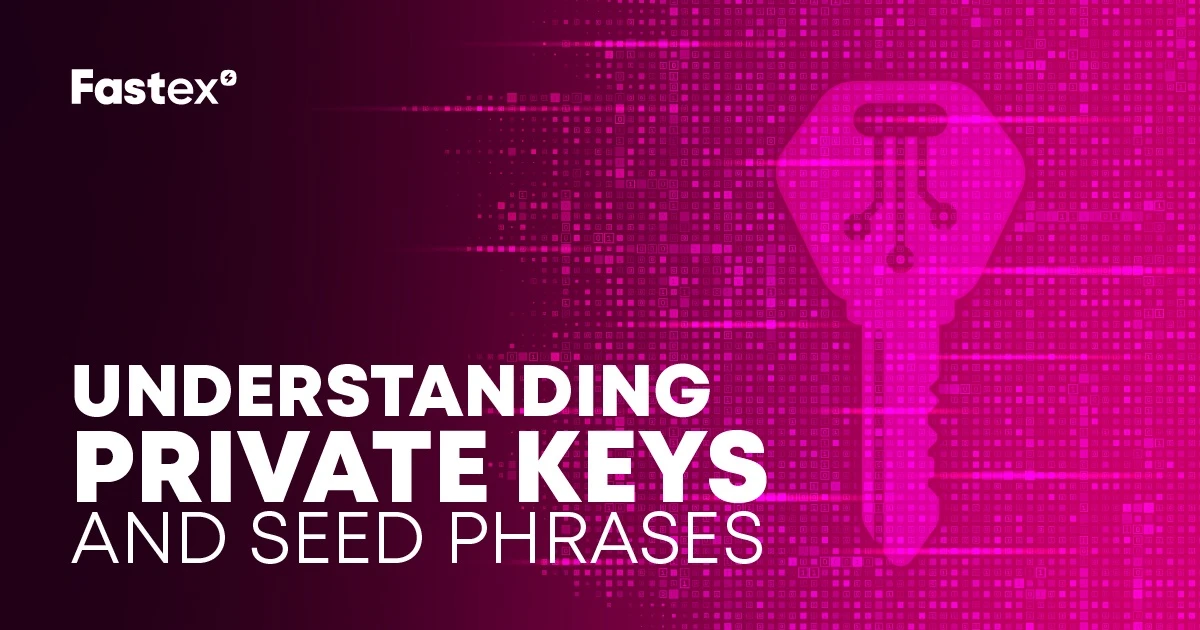
Understanding Private Keys and Seed Phrases
Cryptocurrency isn’t just changing how we invest; it’s changing how we think about ownership and security. At the heart of this system are two tools: private keys and seed phrases. They’re straightforward concepts with big implications.
Private keys give you control over your digital assets, while seed phrases act as a backup in case something goes wrong. But with this control comes responsibility. Lose these tools, and there’s no recovery team or help desk to call. It’s a new way of managing wealth—one that puts you in the driver’s seat.
What Are Private Keys and Why Are They Important?
If you’ve ever trusted a bank to safeguard your money, the idea of holding that same responsibility yourself might feel a little unsettling. But that’s exactly what a private key offers: complete control over your digital assets—no middleman, no gatekeepers. It’s liberating, sure, but it’s also serious business.
So, what is a private key? It’s randomly generated code that acts as the only key to your cryptocurrency; not just a password, but a proof that what’s in your wallet is yours and yours alone. Want to send some of that money? Your private key makes it happen by authorizing the transaction—without it, your assets stay put.
For many, this level of control is what makes cryptocurrency so appealing. There’s no bank to freeze your account, no bureaucracy to navigate. But that independence comes with risks. Lose your private key, and your money might as well be gone forever. If someone else gets hold of it, they can access everything, no questions asked.
This isn’t about promoting a technology—it’s about understanding the responsibility that comes with it. A private key isn’t just a technical concept; it’s a new way of thinking about ownership. For those willing to take on that responsibility, it offers something rare: full, unfiltered control over what’s theirs. While the private key controls access, the seed phrase ensures recovery—a subtle but critical difference between private key and seed phrase.
What Is a Seed Phrase, and How Does It Work?
Imagine losing your wallet—not the kind stuffed with receipts, but the digital one that holds your cryptocurrency. What now? For those who’ve prepared, the answer lies in a seed phrase: a simple set of 12 to 24 words that can recover access to your assets. This lifeline isn’t just a backup; it’s the master key to your entire digital wallet.
How a Seed Phrase Works
Private Key Generation
When you create a cryptocurrency wallet, it generates a seed phrase. This phrase algorithmically produces your private keys, which give you control over your digital assets.
Backup and Recovery Think of the seed phrase as the ultimate safety net. If your wallet is lost, damaged, or becomes inaccessible, the seed phrase can restore access to your funds on any compatible device. Whether it’s a hardware failure or an accidental deletion, this functionality ensures your assets aren’t gone for good.
Why Seed Phrases Work: Standards and Security
The most commonly used format for seed phrases is the BIP-39 standard, which defines a fixed list of 2048 words. This standard ensures that wallets across different platforms remain compatible, giving users flexibility and confidence in their recovery options. It also adds a layer of security by following a consistent, vetted process for generating and interpreting seed phrases.
A seed phrase simplifies one of the most complex aspects of cryptocurrency: the risk of losing access. But it also shifts the responsibility squarely onto the user. Properly securing your seed phrase—whether in a safe, on paper, or with a trusted method—isn’t just a good practice. It’s the only way to ensure your digital wealth remains yours, no matter what happens to the technology you use.
12-Word vs 24-Word Seed Phrases: What They Mean and Why They Matter
But not all seed phrases are created equal. Two formats dominate the landscape—12-word and 24-word phrases—each striking a different balance between security and usability.
12-Word Seed Phrases
- How It Works: Generated from 128 bits of entropy, a 12-word seed phrase offers a robust level of security while remaining manageable for most users.
- Common Use: This format is favored by software wallets like Fastex Wallet and MetaMask, which aim to strike a balance between security and user accessibility.
- Why It’s Popular: Its simplicity and shorter length make it easier to store and recall, without significantly compromising on security.
24-Word Seed Phrases
- How It Works: Built from 256 bits of entropy, a 24-word seed phrase significantly enhances security by increasing the number of possible combinations.
- Common Use: Often used in hardware wallets like Trezor, where maximum protection is prioritized, especially for long-term storage.
- Why It’s Ideal for Security: The extended length and higher entropy make it virtually impossible to brute-force, providing a superior level of protection.
Why These Formats Dominate
Security Both formats generate an astronomical number of combinations, making it extremely difficult for unauthorized access. While 12 words are secure for most users, 24 words provide an extra layer of protection, ideal for those prioritizing maximum security.
- Standardization Seed phrases adhere to the BIP-39 standard, ensuring compatibility across a wide range of wallets and devices. This means a user can switch wallets or recover their assets on a new platform without losing access.
- Ease of Use Instead of complex codes, seed phrases use familiar words, reducing errors during backup and recovery. Whether 12 or 24 words, the structure is designed to be both user-friendly and highly effective.
Cryptocurrency systems rely on a carefully orchestrated relationship between private keys, public keys, and wallet addresses. Together, they form the foundation for secure, decentralized transactions, allowing users to send and receive funds without intermediaries.
How Do Private Keys, Public Keys, and Addresses Work Together?
Cryptocurrency systems rely on a carefully orchestrated relationship between private keys, public keys, and wallet addresses. Together, they form the foundation for secure, decentralized transactions, allowing users to send and receive funds without intermediaries.
The Key Components and Their Roles
- Private Key The private key is the starting point—a randomly generated string of characters that acts as the ultimate credential for accessing cryptocurrency holdings. Its confidentiality is paramount; anyone with the private key has full control over the associated funds.
- Public Key Derived from the private key using cryptographic algorithms, the public key is mathematically linked but cannot reveal the private key. It serves as an intermediary, ensuring that private keys remain secure while enabling functionality.
- Wallet Address The public key is hashed—a process that condenses data into a fixed-size string—to create the wallet address. This address is what users share to receive cryptocurrency. It’s secure, anonymous, and uniquely tied to the user’s private key.
How They Work in Transactions
Receiving Cryptocurrency
To receive funds, a user shares their wallet address with the sender. The transaction is initiated to this address, and the blockchain records it. Since the wallet address is derived from the public key, it ensures that only the rightful owner—holding the private key—can access the funds.
Sending Cryptocurrency
To send funds, the user creates a transaction and signs it with their private key. This signature serves as proof of authorization and identity. The network validates the transaction, ensuring that it aligns with the public key and wallet address, before recording it on the blockchain.
Why This Relationship Matters
The interplay between private keys, public keys, and addresses ensures security, transparency, and integrity. Only the private key holder can authorize transactions, protecting assets from unauthorized access. At the same time, the public-facing nature of wallet addresses enables seamless exchanges while preserving privacy.
This system represents the backbone of cryptocurrency: secure, decentralized, and built to empower users with full control over their digital wealth.
How to Secure Your Seed Phrase and Private Key
Protecting your seed phrase and private key isn’t just a precaution—it’s a necessity for safeguarding your cryptocurrency assets. These vital tools grant access to your funds, and any compromise can result in irreversible loss. Here’s how to store them securely, common mistakes to avoid, and why it all matters.
Storage Options: Hot Wallets vs. Cold Wallets
Hot Wallets
- What They Are: Digital wallets connected to the internet, like mobile apps or desktop software.
- Advantages: Convenient for frequent transactions, with easy access to funds.
- Drawbacks: Vulnerable to hacking and malware due to constant internet exposure.
Cold Wallets
- What They Are: Offline storage solutions, such as hardware wallets or paper wallets.
- Advantages: Keep private keys offline, significantly reducing exposure to online threats.
- Drawbacks: Less convenient for regular transactions and require careful physical storage to avoid loss or damage.
Best Practices for Securing and Backing Up
- Use a Hardware Wallet Store private keys offline on devices like hardware wallets, widely regarded as the safest option for managing cryptocurrency.
- Enable Two-Factor Authentication (2FA) Add an extra layer of security to your wallet by requiring a second form of authentication beyond a password.
- Regular Software Updates Keep wallet software and related applications up to date to protect against newly discovered vulnerabilities.
- Secure Backups in Multiple Locations Make physical backups of your seed phrase and private key, storing them in multiple secure, discreet locations to prevent loss or damage.
- Avoid Public Wi-Fi Refrain from accessing wallets over unsecured networks, which are susceptible to interception by malicious actors.
Common Mistakes to Avoid
- Storing Seed Phrases Digitally: Never save your seed phrase in emails, screenshots, or cloud storage. These methods are highly vulnerable to hacking.
- Sharing Keys or Phrases: No one—ever—should have access to your private key or seed phrase. Sharing these compromises your assets entirely.
- Neglecting Physical Security: Physical backups should be stored in places safe from theft, fire, or water damage
Key Takeaways: Managing Private Keys and Seed Phrases
When it comes to cryptocurrency, your private keys and seed phrases are more than just technical components—they’re your access, your security, and ultimately, your responsibility. Here’s a breakdown of what you need to know to keep your assets safe:
Understanding Private Keys and Seed Phrases
- Private Keys: Unique alphanumeric codes that grant full access to your cryptocurrency. They must stay confidential—whoever holds the private key, controls the funds.
- Seed Phrases: Backup sequences of 12 to 24 simple words that regenerate your private keys. Lose your wallet? The seed phrase brings it all back, making it your ultimate safety net.
Best Practices for Security
- Use Hardware Wallets: Store private keys offline to minimize exposure to online threats.
- Enable Two-Factor Authentication (2FA): Add an extra layer of protection against unauthorized access.
- Keep Software Updated: Regular updates patch vulnerabilities and keep your wallet secure.
- Backup Keys Securely: Store backups in multiple secure locations—safe from theft, loss, or disasters.
- Avoid Public Wi-Fi: Don’t risk accessing wallets on unsecured networks.
Common Mistakes to Avoid
- Digital Storage of Seed Phrases: Don’t save them in emails, screenshots, or the cloud. They’re easy prey for hackers.
- Sharing Keys or Phrases: Even with trusted individuals, sharing these is like handing over your wallet.
- Neglecting Physical Security: Backup copies need safe, fireproof, and theft-resistant storage.
In cryptocurrency, control comes with responsibility. Managing private keys and seed phrases isn’t just about keeping your assets safe—it’s about embracing a new kind of ownership. There’s no customer service hotline, no middleman to fix mistakes. It’s all you.
This might sound daunting, but it’s also liberating. With the right practices in place, you’re not just participating in a financial system—you’re mastering it. It’s a learning curve, sure, but one that rewards diligence with unparalleled autonomy. Keep your keys close, your seed phrases secure, and your confidence high. You’ve got this.Click to change this paragraph text. This is not a Lorem Ipsum text, but we still want to keep it long.

